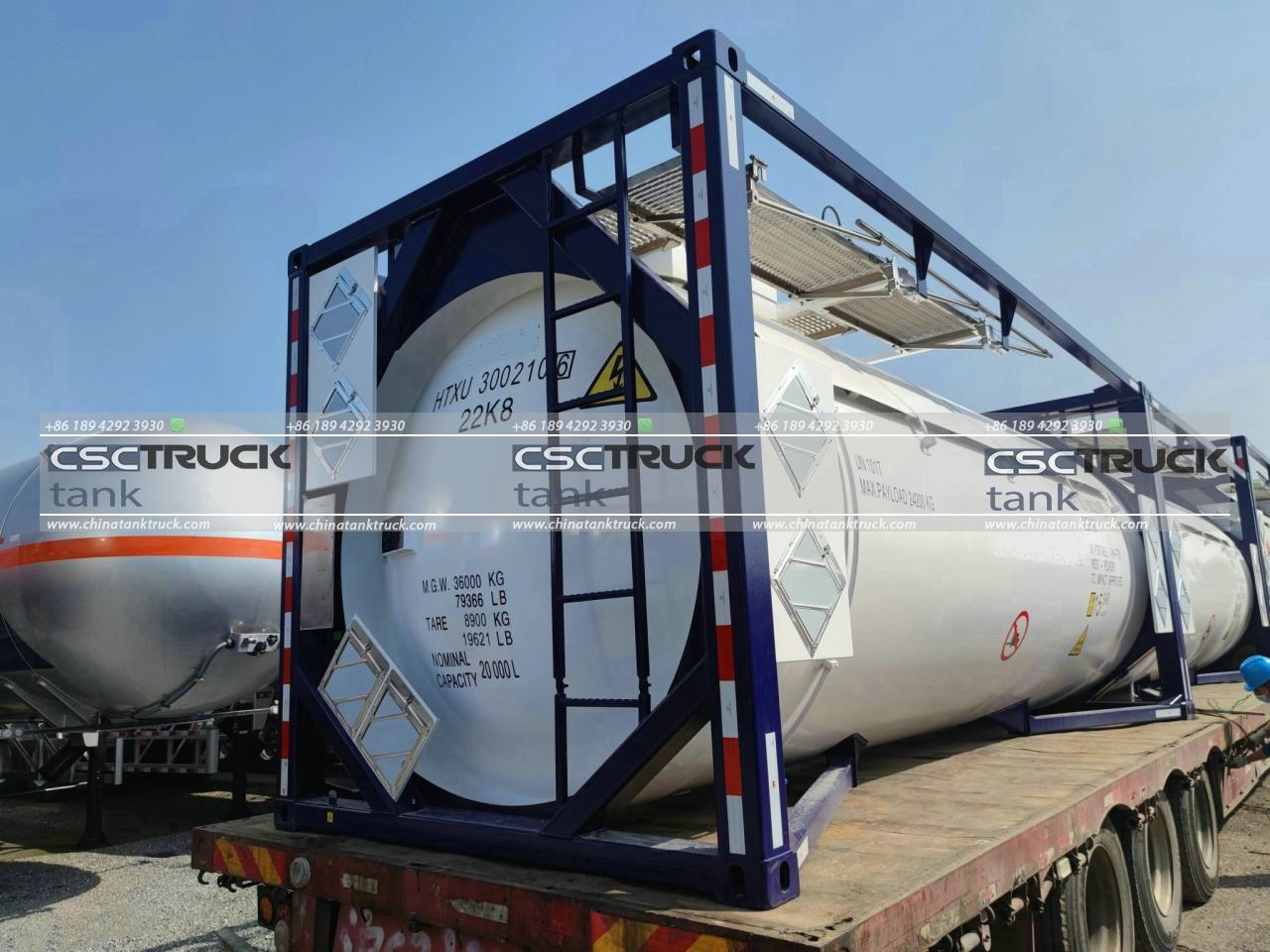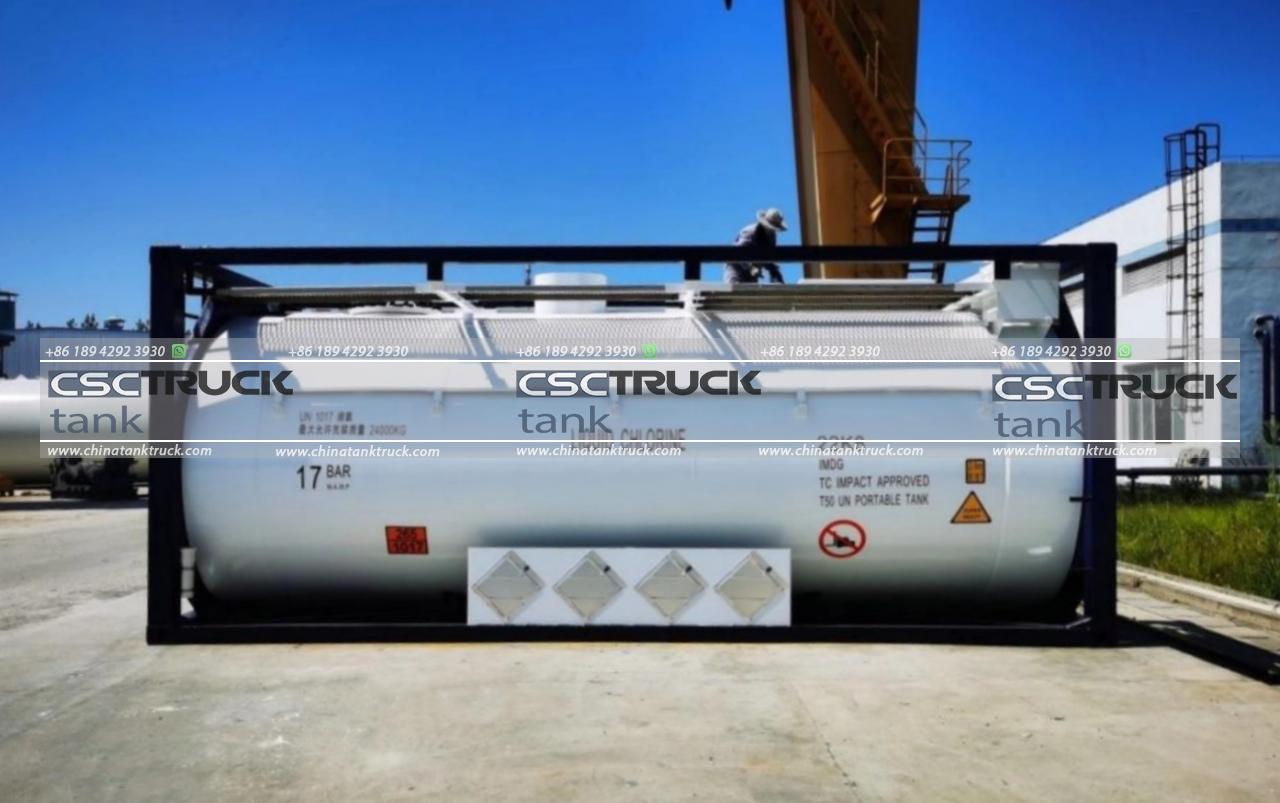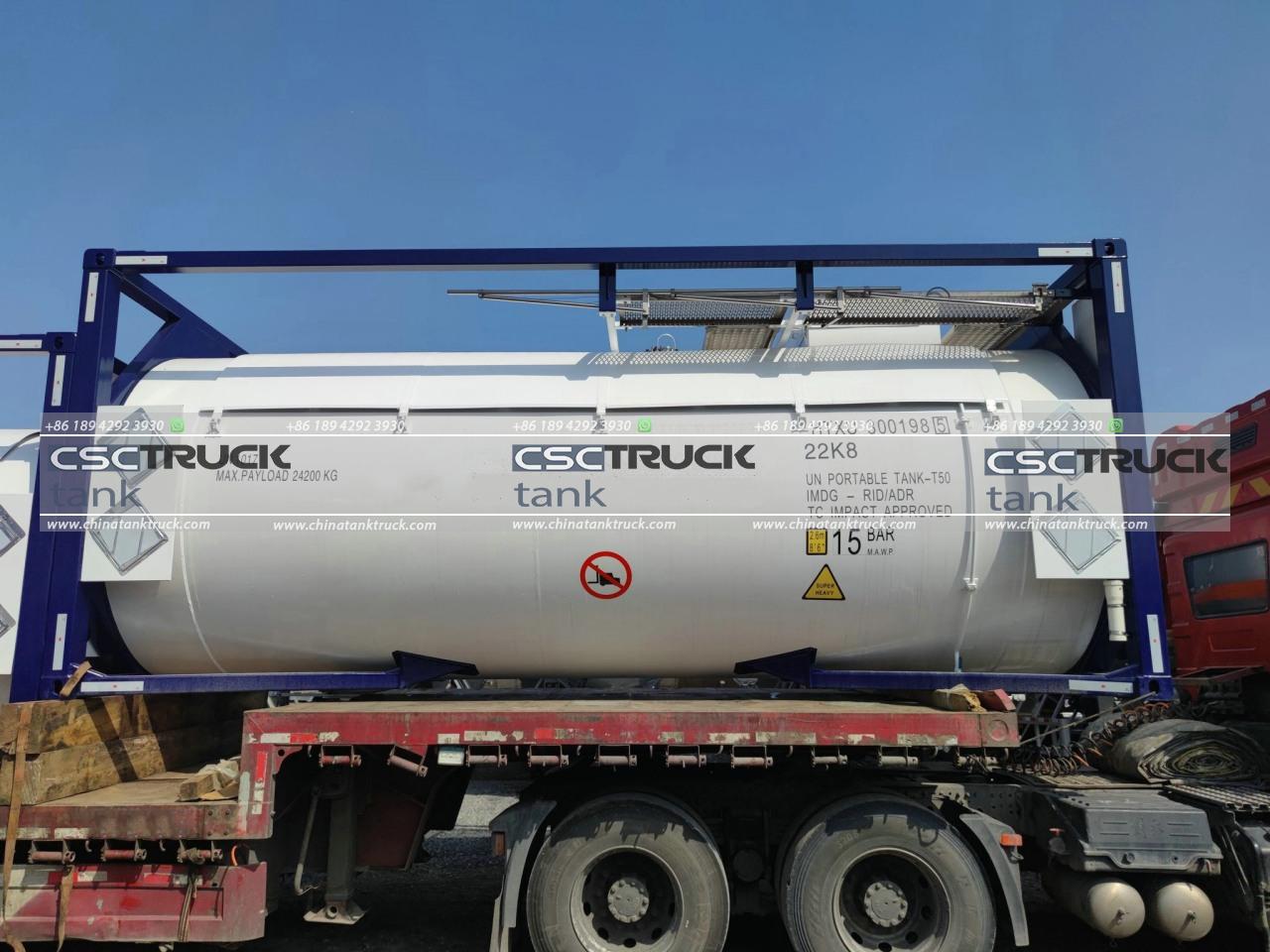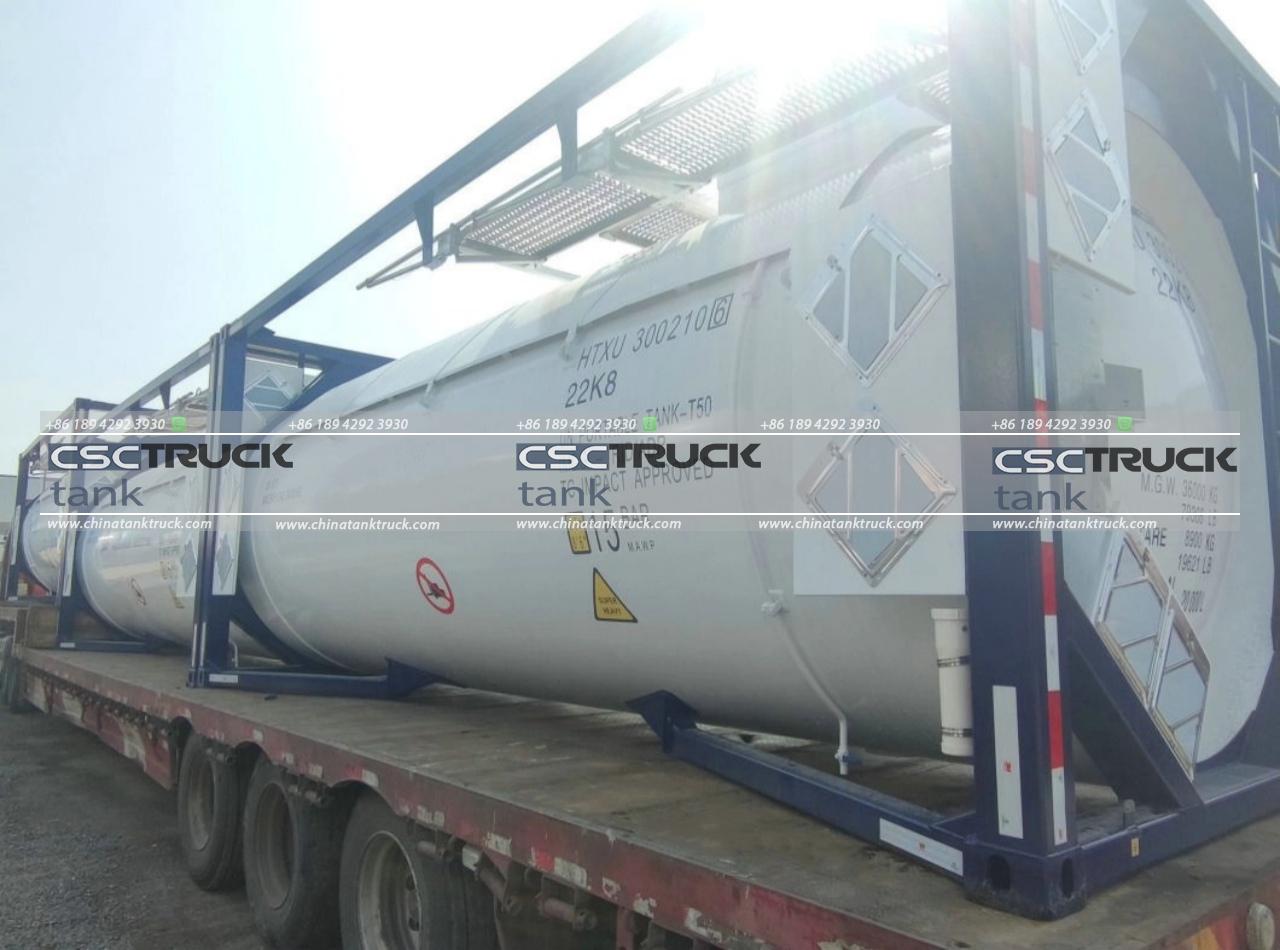Are ISO Containers Waterproof?
ISO containers, also known as intermodal containers, shipping containers, or sea cans, are a critical component of global trade, storage, and logistics. Designed to facilitate the seamless transportation of goods across different modes of transport (sea, rail, and road), these containers adhere to standards set by the International Organization for Standardization (ISO). Among the various factors that determine the utility and efficiency of an ISO container, the question of whether they are waterproof is a significant one. This is especially crucial for those looking to use ISO containers for shipping valuable goods, long-term storage, or even repurposing them for construction projects like homes or offices.
What Does Waterproof Mean in the Context of Containers?
To understand whether ISO containers are waterproof, it’s important to define what “waterproof” means in this context. A waterproof object or structure should be impervious to water, meaning that no water can penetrate it under normal circumstances. However, in the case of shipping containers, a more realistic term often used is “weatherproof” or “watertight.”
Being watertight means that the container can prevent water from entering, especially when subjected to rain, waves, and other normal environmental conditions experienced during shipping or storage. However, “waterproof” would imply a higher degree of impermeability, such as being able to resist water penetration when submerged underwater, which ISO containers are not specifically designed for.

ISO Standards and Container Construction
ISO containers are built to adhere to a strict set of standards and specifications, which guarantee that they can withstand harsh conditions during transportation. The most common ISO container sizes are 20-foot and 40-foot containers, though they can also come in other dimensions depending on their specific use.
The typical structure of an ISO container includes:
– Corten steel walls, roof, and floor (or marine-grade plywood for some floors).
– A sealed, rubber-lined double door at one end for access.
– A series of cross-members on the underside to reinforce the structure.
These materials and construction techniques are designed to make the container extremely durable and resistant to environmental factors. Corten steel is particularly noteworthy for its resistance to corrosion, which is essential when containers are exposed to moisture, salt water, and other elements for extended periods.
Watertightness of ISO Containers
ISO containers are designed to be watertight in their default state. This means that under normal use, they will not allow water to enter, whether through rain or waves encountered at sea.
1. Roof and Walls: The roof and walls of the container are typically solid steel with minimal seams. These seams are welded or sealed in a manner that prevents water ingress. The steel itself, especially the Corten variety, is corrosion-resistant, further ensuring that no holes or leaks develop over time due to rusting.
2. Doors: The doors are another crucial component in maintaining watertight integrity. Most ISO containers are equipped with gasket seals made from rubber or similar materials. These seals compress tightly when the doors are closed and locked, forming a barrier against water. However, these seals must be well-maintained to ensure they continue to function properly. A worn or damaged gasket could allow water to seep into the container.
3. Floor: While the sides and roof of a container are made of steel, the floor is often constructed from marine-grade plywood, supported by steel cross-members. Marine-grade plywood is specifically treated to withstand moisture, ensuring that it doesn’t rot when exposed to damp environments.

The Limitations of Waterproofing
While ISO containers are designed to be watertight, they are not submersible. In other words, they are not meant to be completely submerged in water for extended periods. When subjected to heavy flooding or if submerged underwater, water may eventually seep through small joints, seals, or even between the corrugated steel walls. The containers are designed to withstand rain, wind-driven water, and even waves, but they are not meant to serve as underwater vessels.
Additionally, over time, the integrity of an ISO container can degrade if not properly maintained. Exposure to harsh environments, especially salt water, can cause even Corten steel to rust eventually. Once rust begins to form, it can weaken the steel, leading to potential leaks. Regular maintenance, including inspections for rust and damage, and replacing door gaskets when necessary, are essential to preserving the watertightness of the container.
Water Drainage Features
Many ISO containers also feature water drainage holes or channels to prevent water accumulation on the roof or around the door seals. While these drainage points are small and should not allow water into the container, they play a critical role in ensuring that any water landing on the container quickly flows off, rather than pooling and creating opportunities for leaks.
These drainage features are particularly important for preventing water damage during long-term storage in open-air environments, where rain and snow could otherwise cause water to sit atop the container.

Repurposing ISO Containers: Waterproof Considerations
ISO containers have gained popularity for a variety of non-shipping uses, including being repurposed as homes, offices, and storage units. When using a container for these purposes, it’s essential to consider its waterproofing capabilities carefully. A container that has been exposed to years of wear and tear may no longer be as watertight as a brand-new unit.
For those repurposing containers, sealing up any potential leak points is often necessary. This could include:
– Recoating the steel to prevent corrosion.
– Re-sealing seams with caulking or welding if any gaps are visible.
– Replacing door gaskets to ensure a tight seal.
In many cases, when ISO containers are used for housing or long-term storage, additional waterproofing measures such as roofing systems or protective coatings can be added to ensure maximum protection against water.
How to Ensure Your ISO Container Remains Watertight
If you are concerned about the waterproofness of an ISO container you own or are purchasing, there are several steps you can take to ensure it remains watertight:
1. Inspect the Container: Before purchasing a used container, inspect it for any signs of rust, dents, or damaged seals. Even small imperfections could allow water to enter, particularly after prolonged exposure to the elements.
2. Perform Regular Maintenance: If you own an ISO container, regularly check it for signs of wear, particularly around the door seals and roof. Keeping the container painted and free from rust can go a long way in maintaining its watertightness.
3. Use Professional Waterproofing Services: If you plan to use the container for long-term storage or habitation, it may be worthwhile to invest in professional waterproofing services. This could include applying a weatherproof sealant, adding insulation, or even installing an additional roof to prevent water accumulation.

Conclusion
ISO containers are designed to be watertight, not waterproof in the strictest sense. They offer excellent protection against rain, waves, and moisture when used as intended in shipping and storage. However, for non-standard uses or in particularly harsh conditions, additional waterproofing measures may be necessary. Proper maintenance and inspection are key to ensuring that an ISO container remains functional and watertight for years to come.

